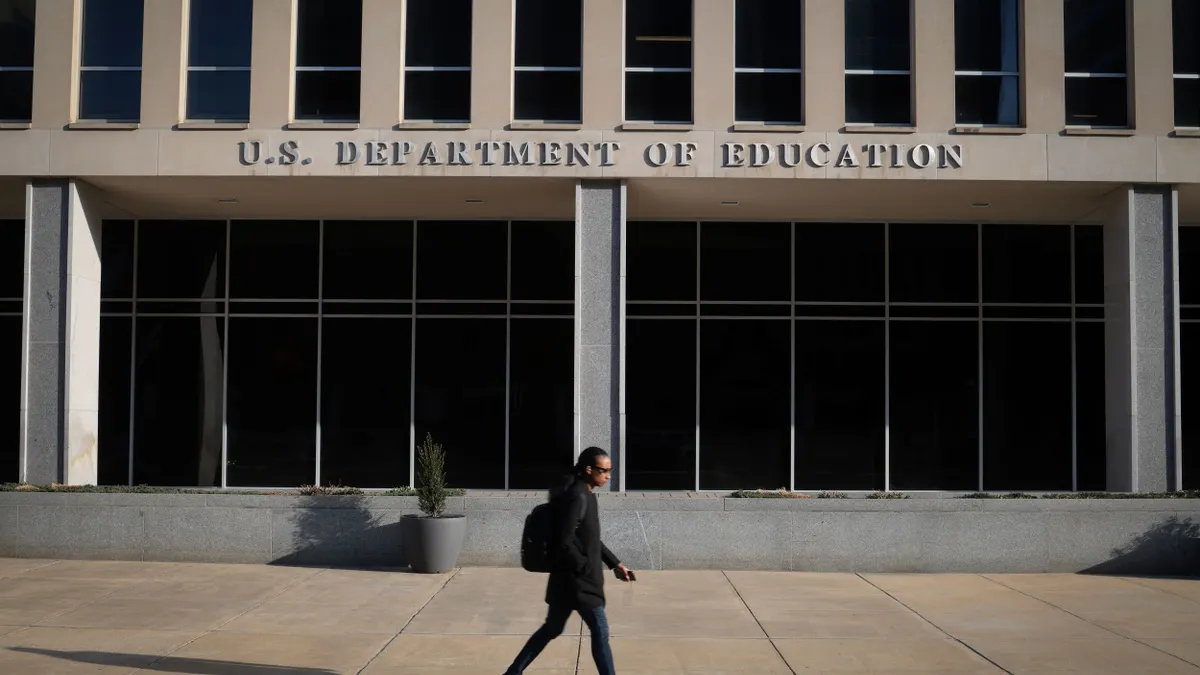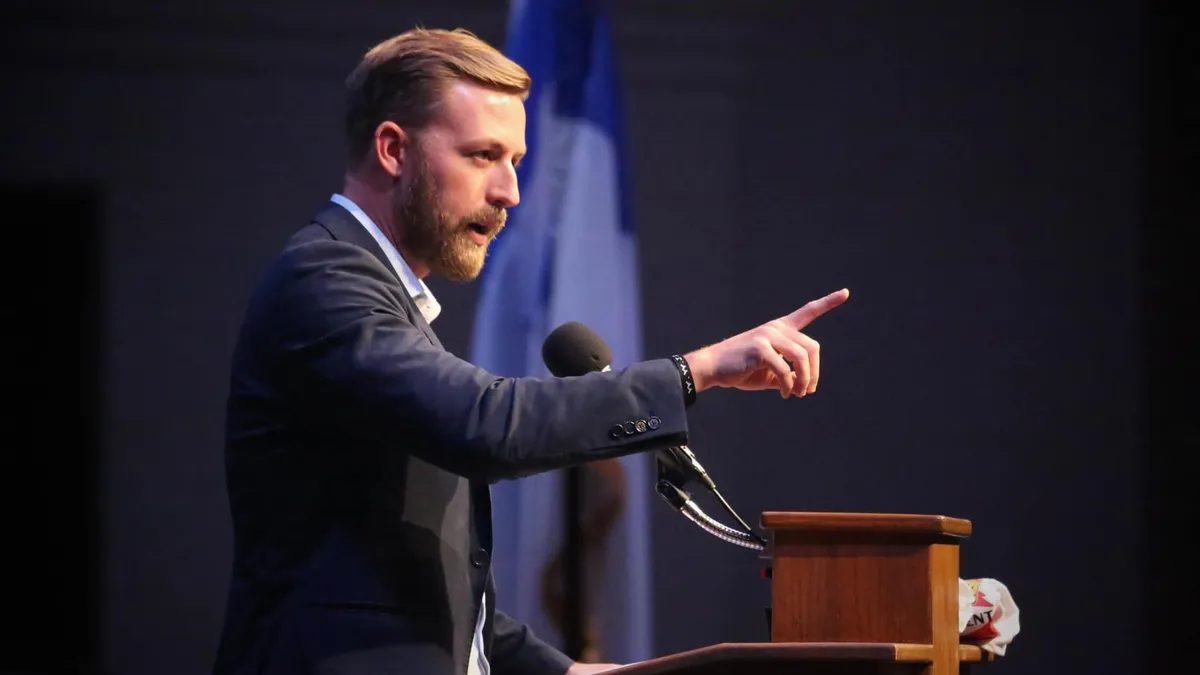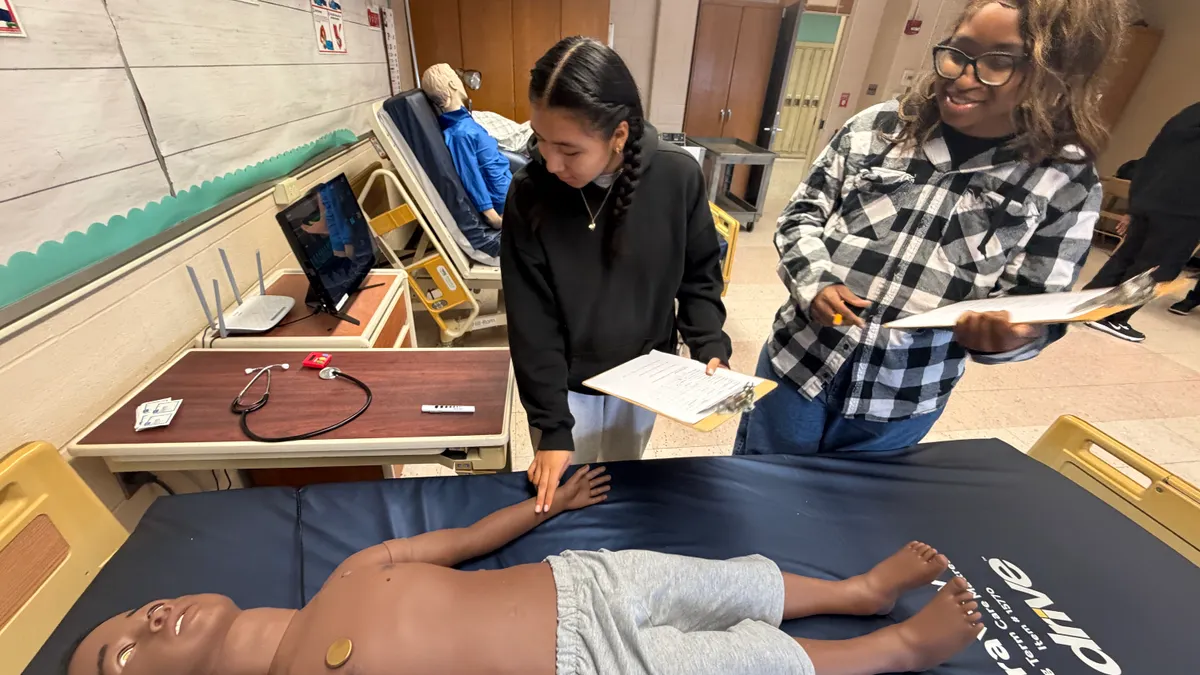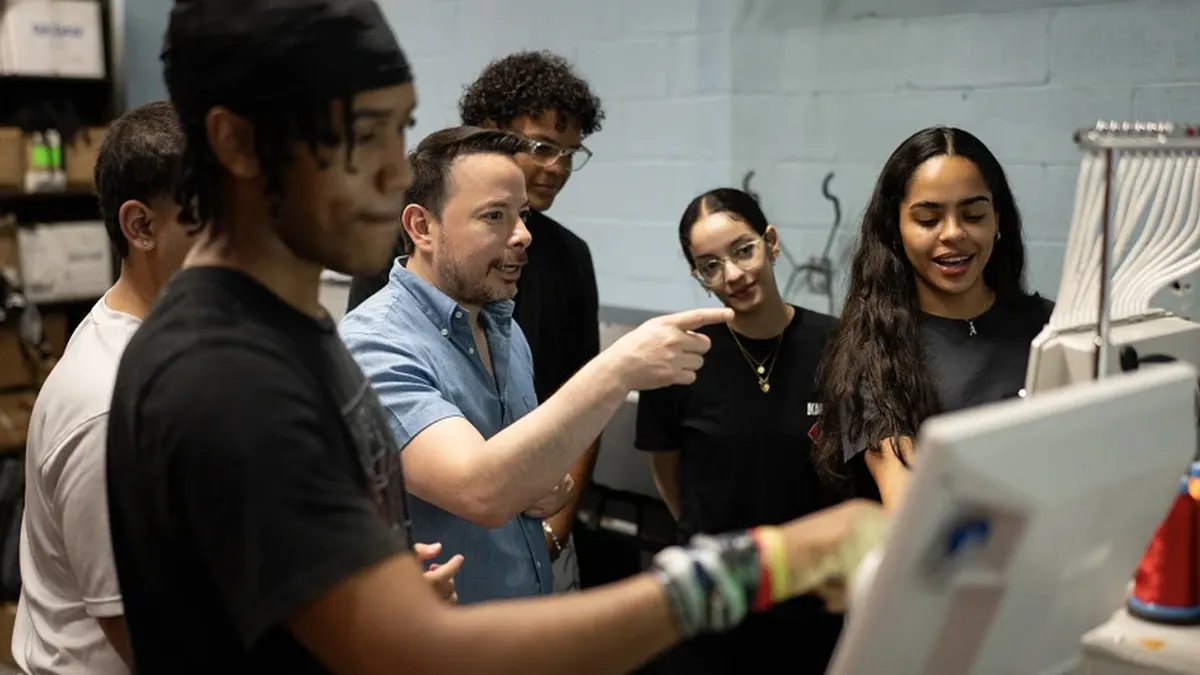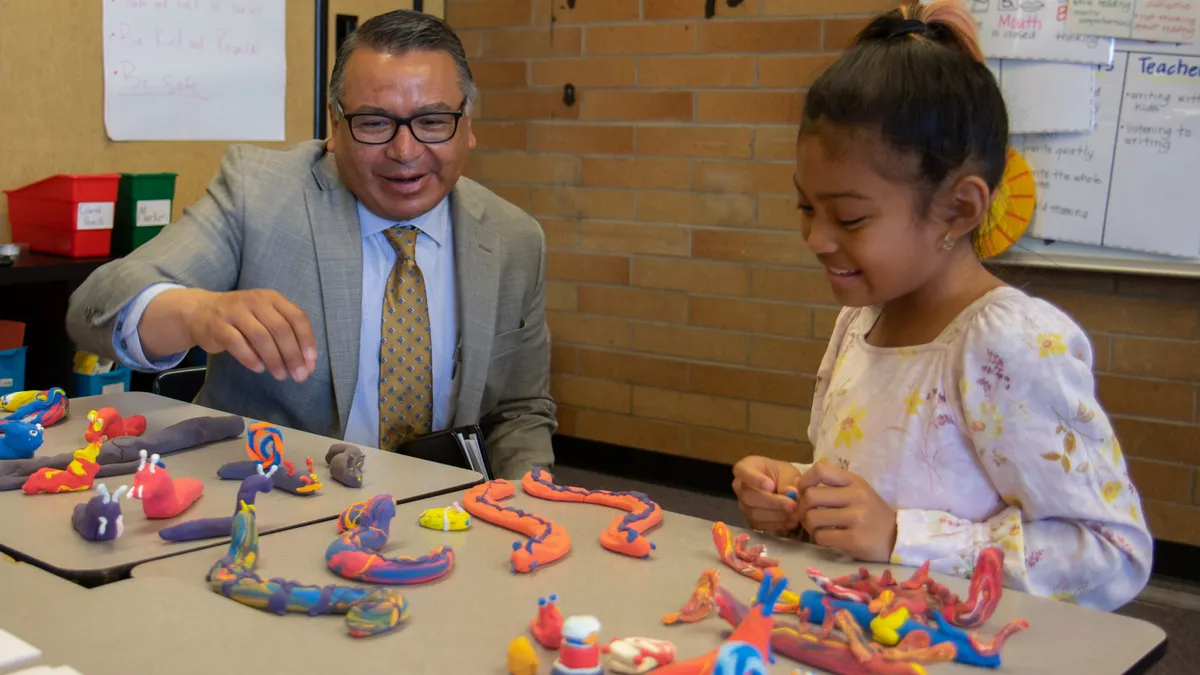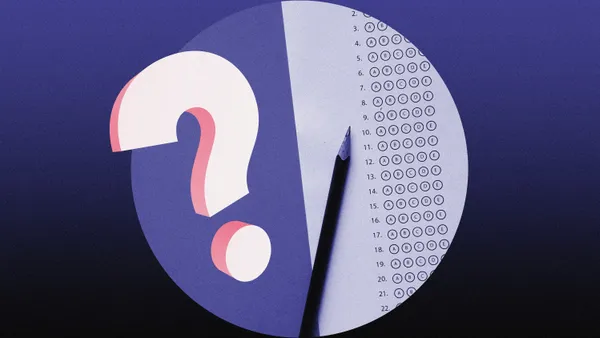True collaboration between teachers and students to elevate student voice can empower students and improve learning engagement, according to researchers at Child Trends and Penn State University.
A Student Voice Toolkit developed by researchers at Search Institute, Child Trends, Penn State, Villanova University, and school and district partners provides at least 150 options for teachers to elevate student voice through curriculum and pedagogy — from the feedback students receive to the books they’re reading to collaboratively-designed lesson plans, says Samantha Holquist, program area director of education at Child Trends.
“But if [teachers] don’t have the mindset or ‘heart-set’ to do that, they’re not going to have the skill set,” she said.
In doing so, it’s important to realize there might be “more of a negotiation period” with students who have been “burned” and have reasons not to trust educators, said Dana Mitra, professor of education policy studies at Penn State and founding editor of the International Journal of Student Voice, and who regularly combines research with Holquist.
Student voice can be implemented one of two ways, Mitra said. The first involves students collaborating with teachers, where teachers either seek feedback or work to understand students better as learners.
“Voice is, in the end, getting feedback and being willing to accept and hear that feedback,” she said. “How was that lesson for you? Are you feeling like you can learn math in that way?”
Other research has explored the second avenue around what makes a student trust a teacher, particularly in places where trust is less common, Mitra said. She added that it can help for teachers to share more about themselves as human beings — and to be curious about students. “There’s a level of vulnerability of talking about who they are, as full human beings, on both sides.”
Students in areas with trauma and violence inside and outside of school might misbehave to test teachers and see how they’re going to respond, Mitra said. Teachers should find a way to counter misbehavior in ways that “dignity is provided,” and that communicate that students’ opinions are valued, rather than simply yelling at them, she said.
Holquist suggests a three-tiered approach to elevate student voice. At a minimum, students should be surveyed about what’s going well and what’s not, ideally after every unit. Next, partnerships should be forged between teachers and students to guide what’s taught and how — which works best in social studies and language arts, and perhaps science, given relative curricular flexibility.
At the highest level of engagement, Holquist said, students become leaders.
“Maybe they’re really invested in one lesson and want to do a deep dive,” she said. “Maybe they want to share their learnings with other students about how youth, in particular, led during the Civil Rights Movement. You could do an extra 15 minutes on that to give a different perspective.”
Students should not be pressured to move further up that ladder than they feel comfortable with, Holquist said.
“All students should have the opportunity to give survey feedback,” she said. “Not all students will want to collaboratively teach. Even fewer will want to teach in front of peers.”
Yet all benefit, according to the research: “When they see other students participating in a student voice opportunity, they see other students being heard and listened to, that also helps to improve their own outcomes,” Holquist said.
Educators can’t build trust if they survey students and then file away the feedback, Mitra said. “That makes the students more cynical.”
If students say an assignment should be handled in a different fashion, the teacher should at least report back: “I shared that with the administrative team. I’m not sure where it’s going to go, but I think it’s important.” She added, “Students need to know it was worth their time to engage in that.”
K-12 leaders’ role in elevating student voice
School leaders need to realize that power is not a “zero-sum game,” Mitra said. “Empowered teachers empower students. If teachers are not being treated well, and their voice isn’t being heard, and responsiveness isn’t occurring, they’re going to have a reluctance to do so with students.”
But when building and district leaders respect and collaborate with teachers, and give them democratic input, they are more likely to do the same.
Students need a variety of opportunities to find their voices, which can include participating in an advisory committee, showing up to open office hours with the principal, or serving on a student-led committee, Mitra said. “This is a way of modeling whether adults are authentically engaging with them as human beings, and doing that as part of a community that warms a space for collaboration,” she said.
Finally, district leaders need to realize that sustaining change requires a budgetary commitment, Mitra said. “As turnover happens — with both teachers and naturally with students — you need a process that is continuously, naturally, recreating itself,” she said.
School leaders are essential to ensuring that the right mindset and heart-set go beyond one or two especially enthusiastic teachers to become part of the culture, Holquist said.
“If one or two teachers do it, great,” she said. “Those students are having a great experience, but it’s not helping everybody else.”
Administrators sometimes go straight to the skill sets needed — like how to do a survey to elicit feedback — but it’s more important that they support teachers in understanding why this is important, Holquist said. “If teachers don’t want to be doing that, they’re just not going to do that.”
Superintendents and principals should also provide leeway for teachers to build student voice in ways that are not prescriptive, instead being open to “authentic ways that work for them. Not all teachers and not all students are the same,” she said.
“Administrators should be helping teachers get professional development around the skill sets and heart-sets, and then letting them figure out for themselves what is the best way to do that,” Holquist said.
This gives teachers voice, Holquist pointed out.
“They have the ability to change their classroom teaching to better meet students’ needs,” she said. “That’s one of the biggest things we hear from teachers: ‘How do they expect us to [give voice to] students when I don’t even have the power to do it myself?’”





 Dive Awards
Dive Awards


